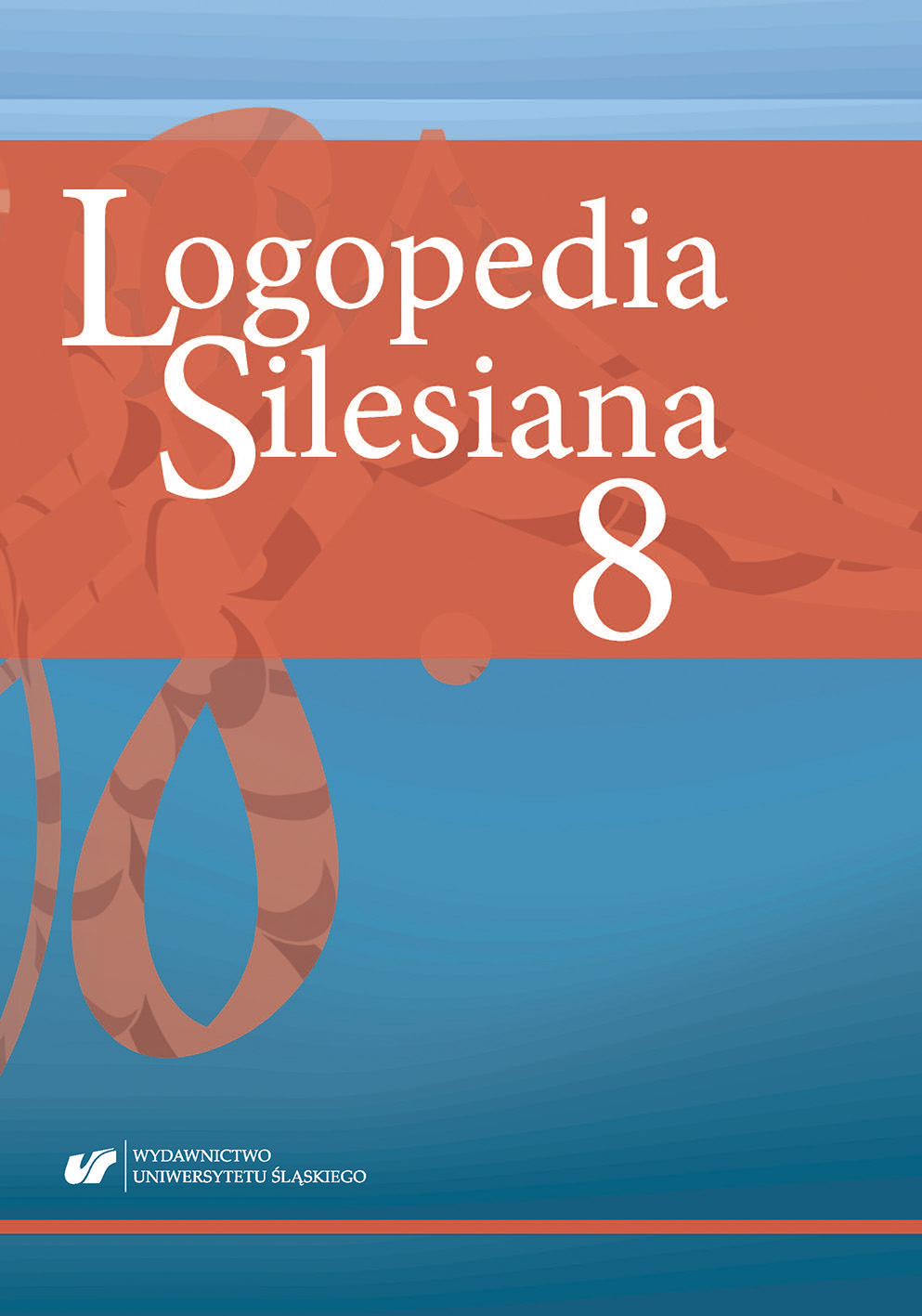

 https://doi.org/10.31261/LOGOPEDIASILESIANA.2019.08.18
https://doi.org/10.31261/LOGOPEDIASILESIANA.2019.08.18
The article discusses the speech therapy diagnosis of children growing up in multilingual environments. The authors present the desiderata of global standards used in the assessment of speech and language among bilingual children. Particular attention is paid to the important role of an interpreter in the differential diagnosis of the typical operations of speech/language development, bilingualism and communication, and language deficits. The cases of speech patterns among bilingual children analysed both by the speech therapist and the interpreter complement the theoretical part of the article.
Download files
Citation rules

No. 8 (2019)
Published: 2019-12-22
 10.31261/LOGOPEDIASILESIANA
10.31261/LOGOPEDIASILESIANA